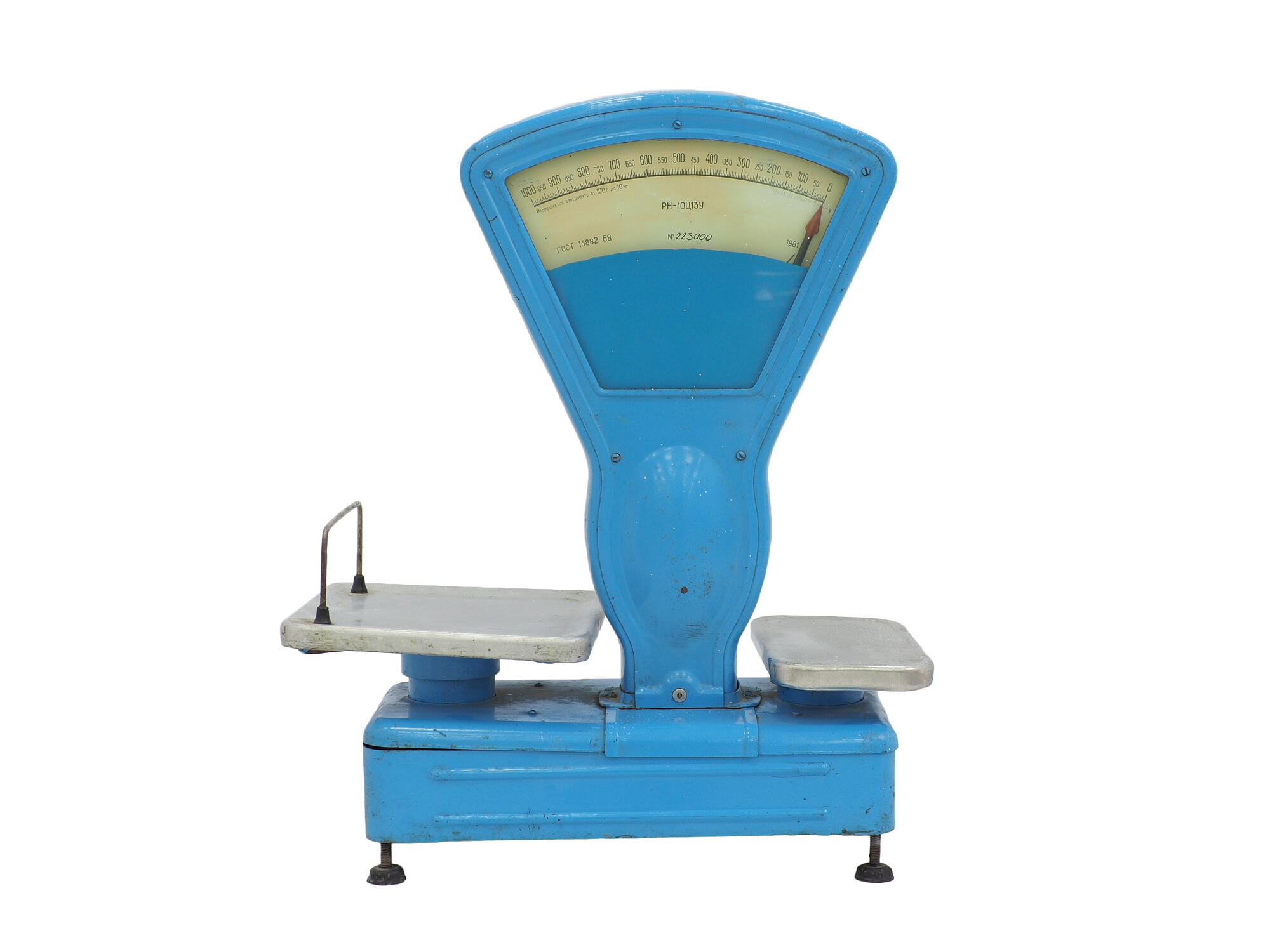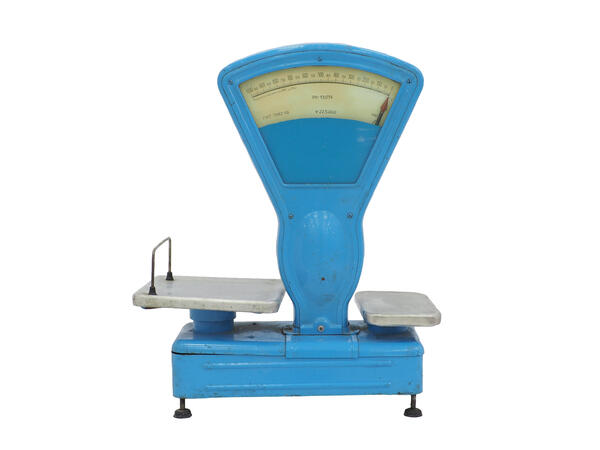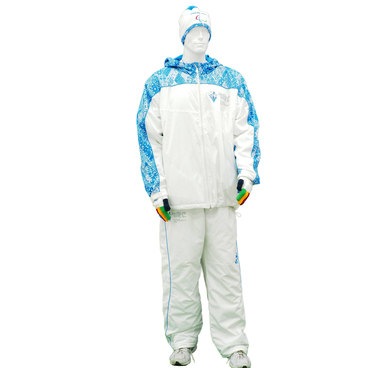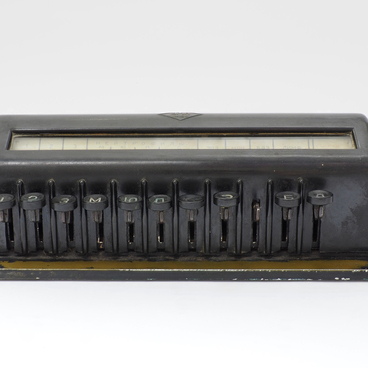The Seversk Museum houses a permanent exhibition ‘Interior of a 1980s store’. It recreates the image of a Soviet grocery store: tall transparent showcases, mechanical weight scales and food products of those years.
The retail scales presented in this complex were created in the 1990s. The goods were weighed on them with the help of special weights.
Scales are considered to be one of the most ancient inventions: they were used in the 5th century BC in Ancient Egypt and Mesopotamia. In 1669, the French scientist Gilles de Roberval invented platform scales: he moved the balance-beam of old scales, on which the goods were hanged up, under the pans. This made the weighing more accurate.
The Soviet scales as we know them appeared thanks to the French inventor Joseph Beranger. In 1850, he improved the design of his predecessor and added additional levers to it. This increased the sensitivity of the scales. This model became very popular in the second half of the 20th century and was used in grocery stores.
In Soviet times, its design was simplified: decorations in the form of lions, mermaids and harpies were removed and simple geometric shapes remained. Balance scales, called ‘ducks’, with two pans were made with different weighing limits: 2, 5, 10 and 20 kilograms. The most common were models with a maximum load of 2 and 10 kilograms.
Another type of retail scales was dial scales. Most often they had two pans for weights and goods and two dials: the readings were visible to both the seller and the buyer. The goods were placed on one scale, and the required number of weights on the other.
In the early 1980s, the average monthly wage of workers and employees in Seversk was about 215 rubles and was considered high at that time. Therefore, there were quite expensive goods at the grocery stores.
Since the 1960s, Seversk residents were able to buy many goods on credit, with the payment period ranging from 6 to 12 months. Since 1978, the goods that were in high demand — top quality furniture, cars, women’s boots, fur coats, and carpets — were to be ordered in advance. These goods were distributed by the trade unions.
In the second half of the 1980s, Seversk became an economically developed city. However, later there began shortages in the supply of meat, sausage, sugar, milk, butter, eggs, as well as wine, vodka and tobacco products. Coupons for food and industrial goods were issued in Seversk to adjust their distribution among the townspeople.
The retail scales presented in this complex were created in the 1990s. The goods were weighed on them with the help of special weights.
Scales are considered to be one of the most ancient inventions: they were used in the 5th century BC in Ancient Egypt and Mesopotamia. In 1669, the French scientist Gilles de Roberval invented platform scales: he moved the balance-beam of old scales, on which the goods were hanged up, under the pans. This made the weighing more accurate.
The Soviet scales as we know them appeared thanks to the French inventor Joseph Beranger. In 1850, he improved the design of his predecessor and added additional levers to it. This increased the sensitivity of the scales. This model became very popular in the second half of the 20th century and was used in grocery stores.
In Soviet times, its design was simplified: decorations in the form of lions, mermaids and harpies were removed and simple geometric shapes remained. Balance scales, called ‘ducks’, with two pans were made with different weighing limits: 2, 5, 10 and 20 kilograms. The most common were models with a maximum load of 2 and 10 kilograms.
Another type of retail scales was dial scales. Most often they had two pans for weights and goods and two dials: the readings were visible to both the seller and the buyer. The goods were placed on one scale, and the required number of weights on the other.
In the early 1980s, the average monthly wage of workers and employees in Seversk was about 215 rubles and was considered high at that time. Therefore, there were quite expensive goods at the grocery stores.
Since the 1960s, Seversk residents were able to buy many goods on credit, with the payment period ranging from 6 to 12 months. Since 1978, the goods that were in high demand — top quality furniture, cars, women’s boots, fur coats, and carpets — were to be ordered in advance. These goods were distributed by the trade unions.
In the second half of the 1980s, Seversk became an economically developed city. However, later there began shortages in the supply of meat, sausage, sugar, milk, butter, eggs, as well as wine, vodka and tobacco products. Coupons for food and industrial goods were issued in Seversk to adjust their distribution among the townspeople.



